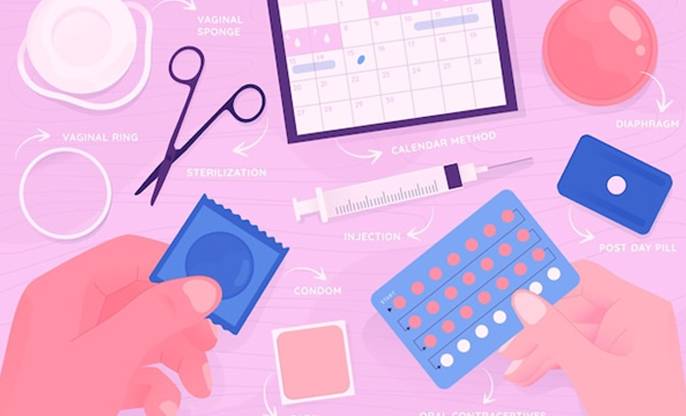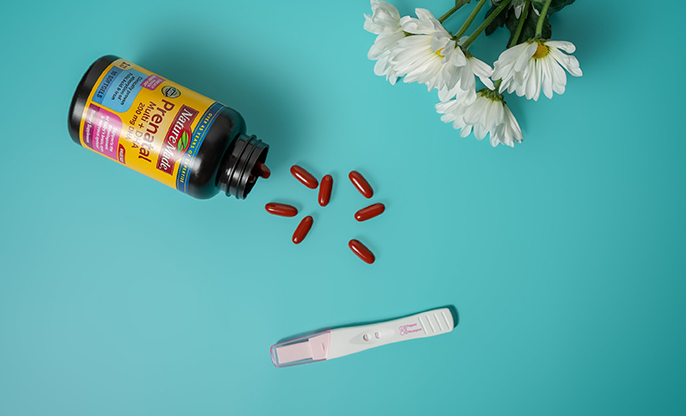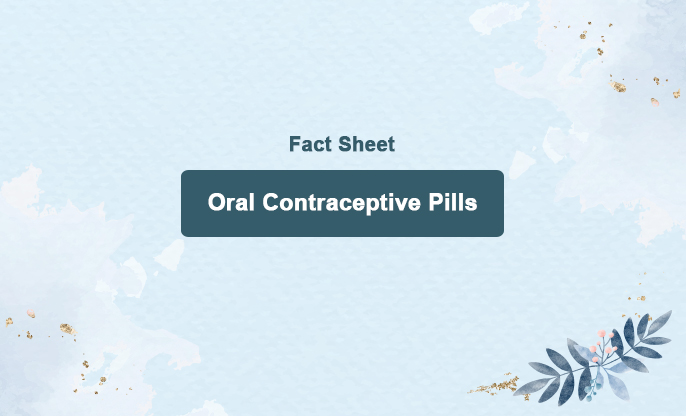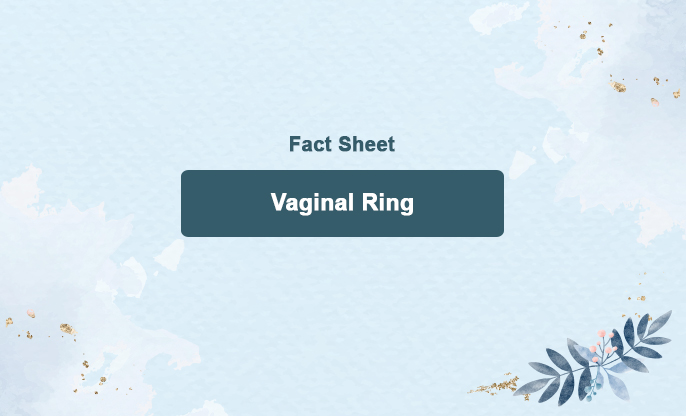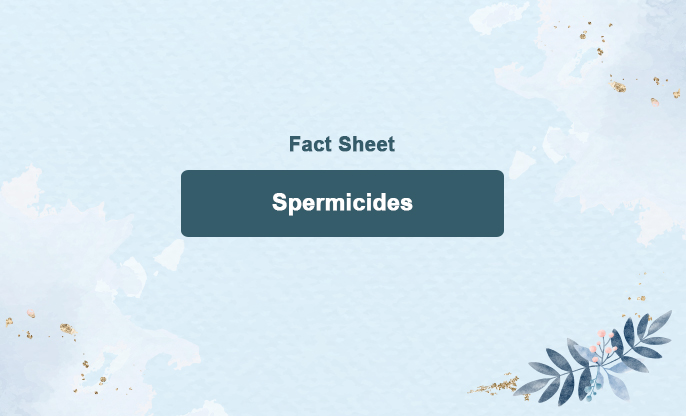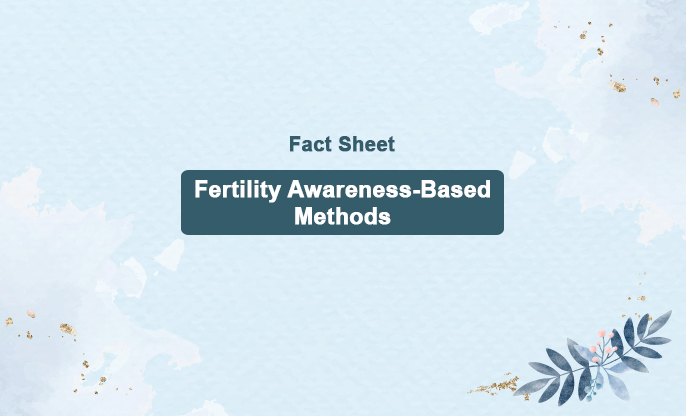
What is this?
Fertility awareness involves understanding and identifying the fertile period in a woman’s menstrual cycle when pregnancy can occur. To use fertility awareness as a method of birth control, you should either abstain from sexual intercourse or use a barrier method, such as a condom, during the fertile days. Conversely, if you are trying to conceive, aim to have sexual intercourse on your fertile days, ideally every day or every other day.
The following methods are based on fertility awareness:
Standard Days method: The Standard Days method identifies the most fertile days in a menstrual cycle based on a standard rule. If your cycle length is between 26 and 32 days, days 8 through 19 are considered the most fertile. To prevent pregnancy, avoid intercourse or use a barrier method of birth control during these days. Conversely, if you wish to conceive, aim to have intercourse between days 8 and 19, either daily or every other day. This method is most effective if your menstrual cycles are regular and consistently fall within the 26 to 32-day range.
Cervical mucous method: The cervical mucus method involves monitoring changes in cervical mucus. Before ovulation, the mucus increases and becomes thin and slippery. After ovulation, it decreases and thickens. To prevent pregnancy, avoid intercourse or use a barrier method when you notice any cervical mucus. To promote pregnancy, have intercourse every day or every other day when the mucus is thin and slippery.Be mindful that health changes, medications, feminine hygiene products, douching, intercourse, breastfeeding, or pelvic exams with lubrication can affect the appearance of cervical mucus and make it harder to read ovulation signs.
Basal body temperature (BBT) method: Basal body temperature (BBT) is your body's temperature at rest. It rises slightly (0.5–1°F) during ovulation and stays high until the menstrual cycle ends. The most fertile days are 2–3 days before this increase. To monitor BBT, take your temperature every morning upon waking, before any activity or consumption, and record it daily.BBT alone is not reliable for preventing or promoting pregnancy as it indicates ovulation after it occurs. A fever or illness can also affect the accuracy of the BBT method.
Symptothermal method: The symptothermal method combines the BBT and cervical mucus methods. The Marquette method adds an electronic hormonal fertility monitor that detects urine hormones to confirm fertile days. This monitor is available online or at pharmacies. Other methods, like the Standard Days method, can be used as an additional check to identify the start and end of the fertile period.
How does this work?
Fertility awareness-based methods (FABMs) work by identifying the days during a woman's menstrual cycle when she is most likely to be fertile. Here’s how they work:
Tracking Menstrual Cycle: Monitor the length and regularity of menstrual cycles over several months to predict fertile days.
Observing Cervical Mucus: Check changes in cervical mucus, which becomes thin and slippery around ovulation, indicating fertility.
Measuring Basal Body Temperature (BBT): Take your temperature every morning before getting out of bed. A slight increase in BBT signals ovulation has occurred.
Using Hormonal Monitors: Some methods, like the Marquette method, use electronic monitors to detect hormone levels in urine, indicating fertile days.
Combining Methods: Using multiple signs, like BBT and cervical mucus changes, increases accuracy in identifying fertile days.
To Prevent Pregnancy:
Avoid Intercourse or Use Barrier Methods: During identified fertile days, avoid sex or use condoms or other barrier methods to prevent pregnancy.
Considerations:
Consistency: Accurate tracking and consistency are crucial for effectiveness.
Education and Training: Proper education and training on how to observe and record fertility signs improve reliability.
Health Influences: Illness, stress, and lifestyle changes can affect fertility signs and should be considered when using FABMs.
Efficacy:
When using fertility awareness to prevent pregnancy, fewer than 1–5 out of 100 women will become pregnant in the first year if the method is used perfectly, meaning correctly and consistently throughout the menstrual cycle. However, with typical use, which includes occasional incorrect or inconsistent application, 12–24 out of 100 women will become pregnant in the first year.
Usage duration recommended:
Fertility Awareness-Based Methods can be used all time if used consistently but it does not prevent STDs.

